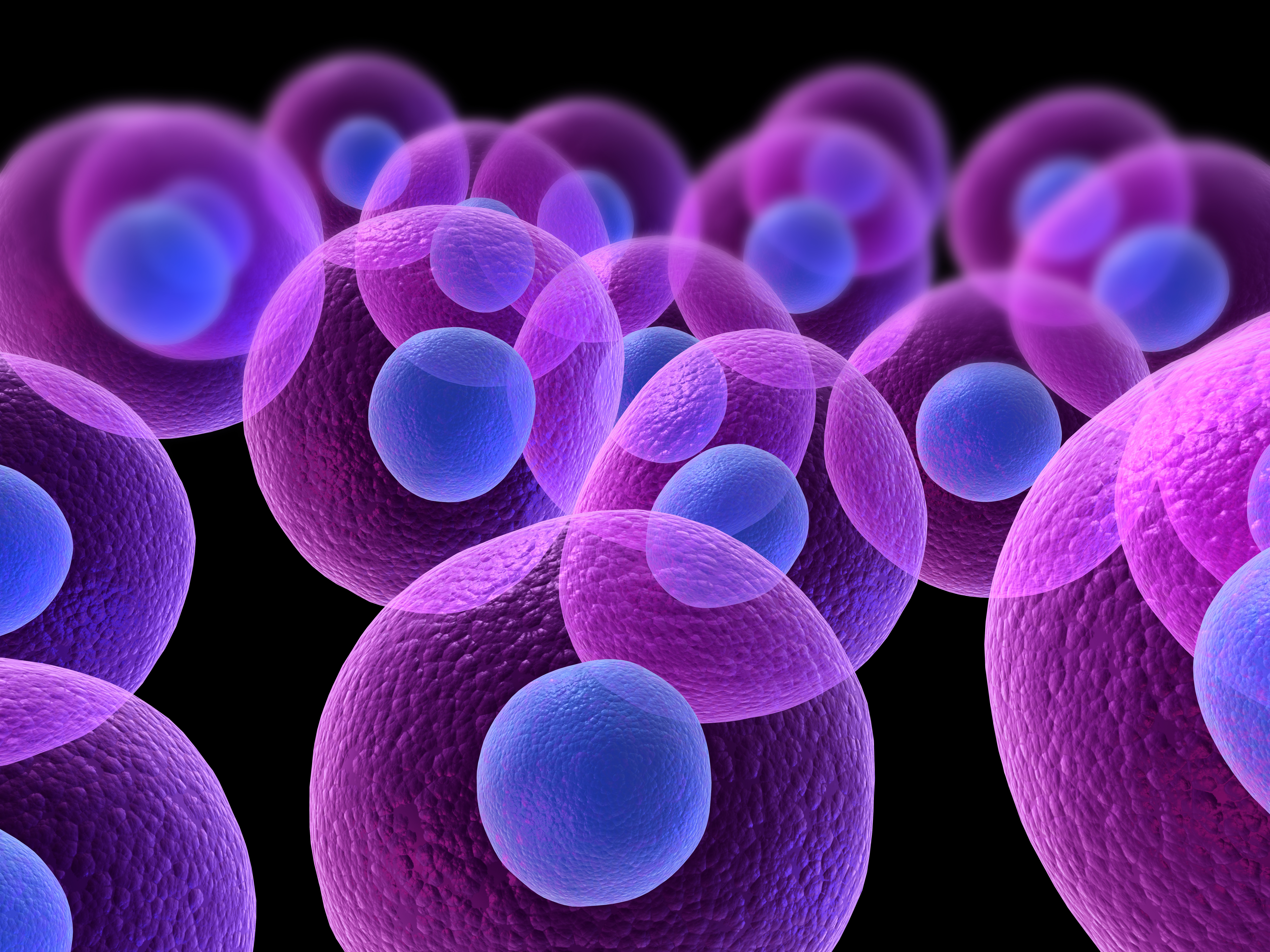©Copyright 2018 GEOSCIENCE RESEARCH INSTITUTE
11060 Campus Street • Loma Linda, California 92350 • 909-558-4548

 How Life is Defined:
How Life is Defined:
There is no simple clear definition of what life is. This is appropriate as life is a wonderful, complex, beautiful, enigmatic phenomenon that defies any effort to over-simplify it. Still, most people have no difficulty recognizing living things and differentiating them from non-living things.
The best that we can do as scientists is list out characteristics that all living things share. If something lacks these characteristics, it is not living, but if it has them, it probably is alive. Here are some characteristics of living things:
- Cells – All living things are comprised of cells, ranging from the smallest single-celled bacteria to multi-celled organisms containing trillions of cells, like mature elephants or oak trees
- Reproduction – Organisms make copies of themselves
- Development and growth – Newly produced living things go through a series of changes, including growth, before they reproduce and continue the cycle of life
- Homeostasis – Living things maintain a relatively constant internal environment; not too hot or cold, not to acidic, not too salty, not too dry and so on

- Adaptability – This characteristic is sometimes called responsiveness or sensitivity. It means that organisms can detect changes in their environment and respond, within limits, so that they can continue to live
- Metabolism – Energy is taken in by living things and used for development, growth, maintenance of homeostasis, reproduction and to adapt to environmental changes.
Most scientists can think of things they would like to add to this list. A molecular biologist might observe that life is complex, an ecologist that life is interdependent, an ornithologist that life is elegant and so on. All these things are true, so why are they not on this list? One reason is that the list could be overly long if everything was on it and verification of every characteristic in every organism could be a daunting task. In addition, some of these things, such as elegance, are judgment calls. Not everyone can agree on what is or is not elegant.
Life is beautifully complicated; reductionism is a commonly used strategy when studying it. Reductionism is the idea that we can better understand things by reducing them to their simplest components. Scientists practicing reductionism are like someone who takes apart machines to see how they work, leaving a trail of irreparable devices scattered in pieces around their home. Imagine trying to understand a bicycle using reductionism. Bikes are wonderfully efficient transportation devices and understanding that may be enough for some people, but reductionists believe that taking bikes apart to examine the wheels, pedals, chain, frame, ball bearings, handlebars and so on will give a better understanding.
reductionism is a commonly used strategy when studying it. Reductionism is the idea that we can better understand things by reducing them to their simplest components. Scientists practicing reductionism are like someone who takes apart machines to see how they work, leaving a trail of irreparable devices scattered in pieces around their home. Imagine trying to understand a bicycle using reductionism. Bikes are wonderfully efficient transportation devices and understanding that may be enough for some people, but reductionists believe that taking bikes apart to examine the wheels, pedals, chain, frame, ball bearings, handlebars and so on will give a better understanding.
The problem with reductionism is that with living things – as with bicycles and other machines – the property we are interested in is the result of all the parts working together, not of the individual parts. In other words, understanding every detail of handlebars really doesn’t tell you how a bike works; it is the arrangement of the handlebars along with the other parts that actually makes them function as handlebars. Off a bike, handlebars are just a bent metal tube.
The phenomenon we call life is an emergent property, something that only exists as a result of a combination of many parts. The parts of a cell are not all a little bit alive. They are no more alive than a rock, just as handlebars are not a little bit a transportation device. They only become part of a transportation device when combined with all the necessary parts of a bike arranged together in exactly the right way.
Biologists have a big problem; life is complicated and hard to understand. Practicing reductionism – taking organisms apart and getting down to their simplest components – seems to be the only way of learning how they work. But life is a product of the complicated interaction of many components, so there is no way of getting down to a few fundamental parts that let us understand how life works or what life is. In other words, life is nothing like as simple as physics or chemistry, in which a few forces or fundamental particles explain a lot. Biology is a whole lot more interesting!
Summary:
Biology is the scientific study of the profound mystery we call life. Life is so amazing that it defies definition and is recognized on the basis of its characteristics, which include: reproduction, development, cellular structure, metabolism, homeostasis and adaptability. Our worldview strongly influences how we see life, the questions we ask about it and the theories we will consider to explain it.
Scientists agree that all theories about nature are subject to empirical data, and can usually agree on what the data are, but science is limited to the data available. Logic sometimes gives multiple interpretations and approaches like reductionism are imperfect. Rules like Ockham’s razor can help, but it should not be surprising that sometimes multiple different conclusions are arrived at based on the same data.
Even with its limitations, and a metaphysical foundation that not everyone would agree to, science, and particularly biology, has proven to be an extraordinary tool for discovery as we seek to understand life and the world in which we live. For those who embrace the biblical worldview, it opens vast new opportunities to see and appreciate the brilliant wisdom of the Creator.
Timothy G. Standish, PhD
Senior Scientist, Geoscience Research Institute